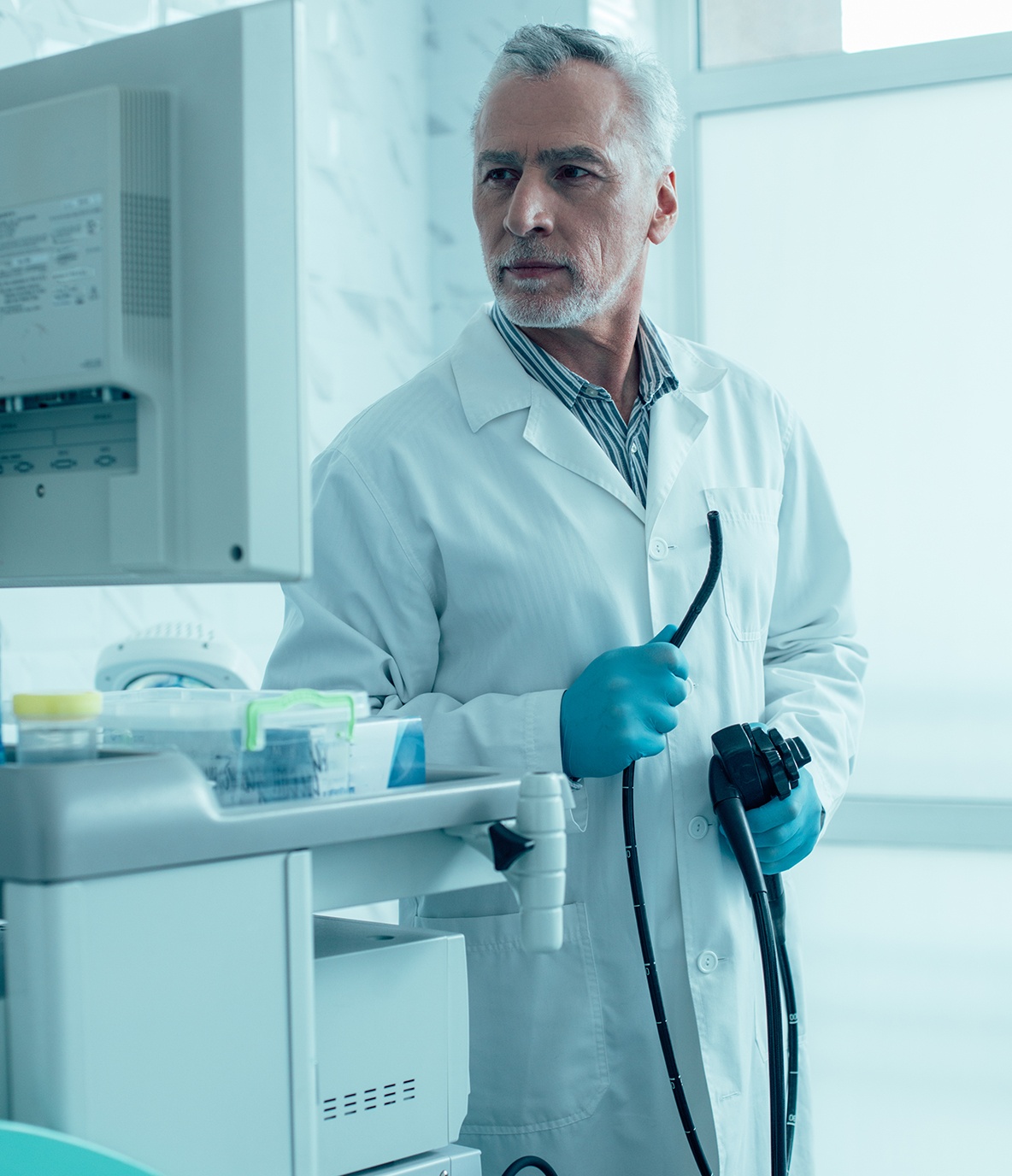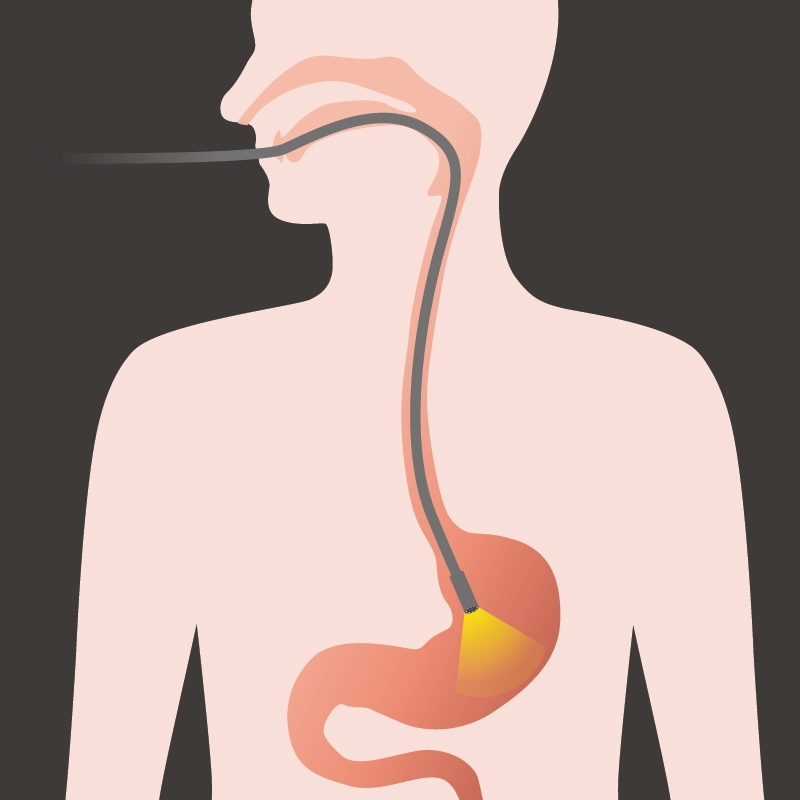procedures
Upper Endoscopy
What you should know about upper endoscopy
What is an upper endoscopy?

An upper endoscopy lets your doctor examine the lining of your upper gastrointestinal tract, which includes the esophagus, stomach and duodenum ― the first portion of your small intestine. Your doctor will use a thin, flexible tube called an endoscope and will view the images on a video monitor.
Why is an upper endoscopy done?
This procedure helps your doctor evaluate symptoms of persistent upper abdominal pain, nausea, vomiting or difficulty swallowing. It's the best test for finding the cause of bleeding from the upper digestive tract and is more accurate than x-rays for detecting inflammation, ulcers and tumors.
Your doctor might use upper endoscopy to obtain a biopsy or small tissue sample. A biopsy helps your doctor distinguish between cancerous and non-cancerous tissues. Biopsies are taken for many reasons, and your doctor might order one even if they don’t suspect cancer. Your doctor might also use upper endoscopy to collect cells for analysis using a small brush.
Upper endoscopy can also treat conditions of the upper digestive tract. Your doctor can pass instruments through the endoscope to directly treat many abnormalities, causing you little or no discomfort.
What preparations are required?
It is very important to stop eating and drinking at the times noted in your instructions. Please pay close attention to these instructions to avoid delaying or cancelling your procedure. Tell your doctor in advance about any medications you take since you might need to adjust your usual dose for the examination. Discuss any allergies to medications as well as medical conditions such as heart or lung disease.
What happens during an upper endoscopy?

Your doctor might start by spraying your throat with a local anesthetic or giving you anesthesia to help you relax. You'll then lie on your side and your doctor will pass the endoscope through your mouth and into your esophagus, stomach and duodenum. The endoscope doesn't interfere with your breathing, Most patients find the test only slightly uncomfortable, and many fall asleep during the procedure.
What happens after upper endoscopy?
You’ll be monitored until most of the effects of the medication wear off. Your throat might be a little sore, and you might feel bloated because of the air introduced into your stomach during the test. You’ll be able to eat after you leave unless your doctor instructs you otherwise.
Your physician will explain the results of the exam to you when the procedure is done, although you will have to wait for the results of any biopsies for the final results.
If you’ve been given anesthesia during the procedure, someone must drive you home and stay with you. Even if you feel alert, your judgment and reflexes could be impaired for the rest of the day.
What are possible complications?
Although complications can occur, they are rare when doctors specially trained and experienced in this procedure perform the test. Bleeding can occur at a biopsy site or where a polyp was removed, but it's usually minimal and rarely requires follow-up. A hole or tear in the digestive tract lining may require surgery, but this is very uncommon. Some patients might have a reaction to the sedatives or complications from heart or lung disease.
Although complications after an upper endoscopy are very uncommon, contact your doctor immediately if you have a fever after the test or notice trouble swallowing or increasing throat, chest or abdominal pain. Another possible complication is bleeding including black stools, which can occur several days after the procedure.
If you have any concerns about a possible complication, contact your doctor right away.